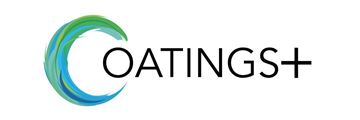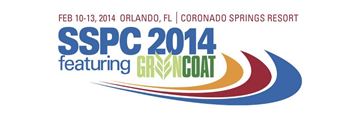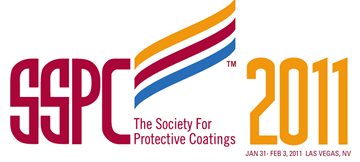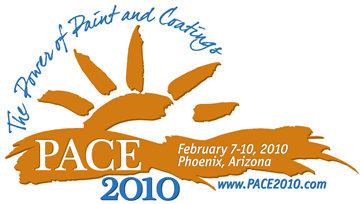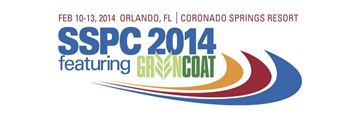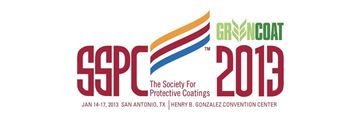Search
Products tagged with 'accelerated testing'
View as
Sort by
Display
per page
Formulators in the Field: The Effect of Over-Cure or Under-Cure of Polyclamine Cured Epoxy Linings
Product Number:
41216-993-SG
Publication Date:
2016
$20.00
Going Beyond Standard Corrosion Prevention Efforts and Getting Improved Life Cycle of Wind Energy Equipment
Product Number:
51220-264-SG
Publication Date:
2020
$20.00
Increasing Weathering Test Acceleration Through higher Irradiance
Product Number:
41214-873-SG
Publication Date:
2014
$20.00
Isocyanate Free Polyurthane Coatings for Industrial Metal Applications
Product Number:
41215-921-SG
Publication Date:
2015
$20.00
New Splash Zone Sulfur Containing Polyamidoamine Epoxy Type Coating
Product Number:
41208-403-SG
Publication Date:
2008
$20.00
Past Versus Present - Comparing Laboratory Performance of Vinyl Resin Coatings with Modern Epoxy-Polysiloxane Coating Systems
Product Number:
51217-076-SG
Publication Date:
2017
$20.00
Performance Evaluation of One-Coat Systems on New Steel Bridges - Final Results
Product Number:
41211-622-SG
Publication Date:
2011
$20.00
Polyurea Thick-Film Elastomeric Coating/Lining Systems Accelerated Weatherometer Testing vs. Real Life Exposure
Product Number:
41210-565-SG
Publication Date:
2010
$20.00
Studying Impact on Variation of Scribe Method in Accelerated Corrosion Testing
Product Number:
51323-19351-SG
Publication Date:
2023
$20.00
Test Method Development for Improved Laboratory Accelerated Weathering of High Performance Coatings
Product Number:
41213-803-SG
Publication Date:
2013
$20.00
The Atlanta Hyatt Restoration: An unlimited range of color and texture for concrete utilizing masonry staining.
Product Number:
41208-419-SG
Publication Date:
2008
$20.00


